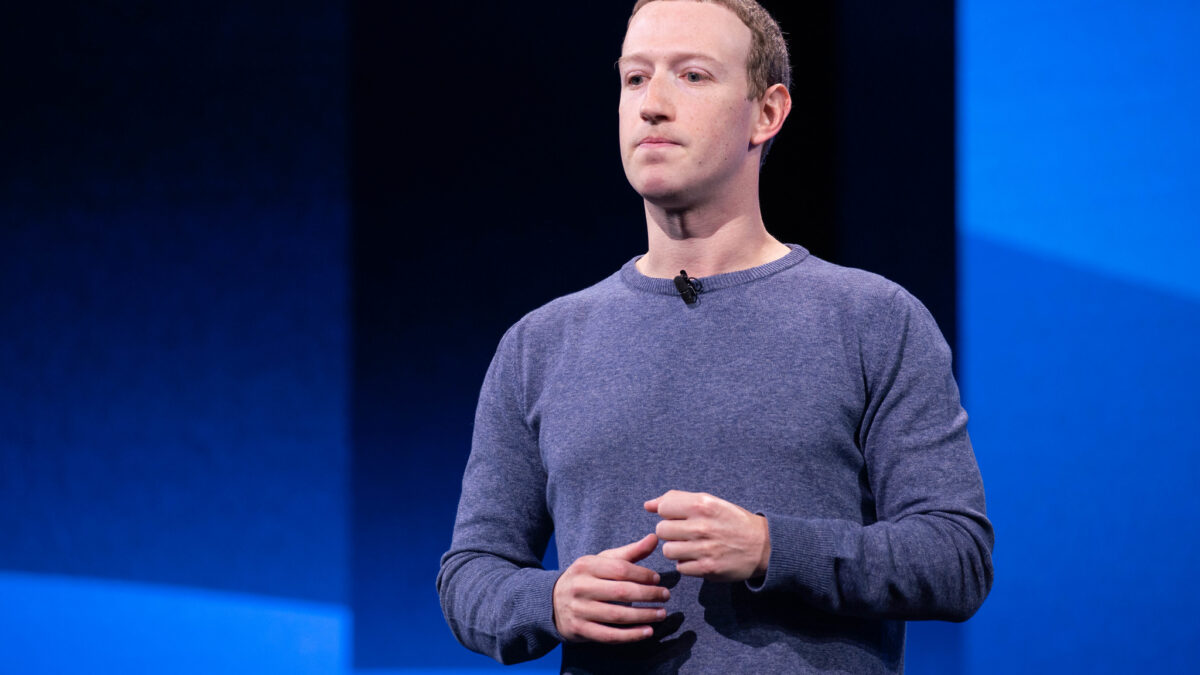
Last Friday, Sen. Josh Hawley (R., MO.) unpacked the reasoning behind his crusade against Big Tech on Fox News’s “Special Report.” “They’ve developed a business model that is premised on taking stuff from us,” Hawley said in the interview, in reference to social media companies.
This of course came a little more than a week after the junior senator from Missouri introduced legislation that seeks to ban certain addictive features social media companies employ to keep users on their platforms. The Social Media Addiction Reduction Technology Act, or SMART Act, would make it unlawful for social media companies to use practices such as “Infinite scroll or auto refill” and “Badges and other awards linked to engagement….”
The 14-page bill also calls for social media companies to automatically limit daily usage to 30 minutes per platform (even across multiple devices) unless users elect to “adjust or remove the time limit.” Furthermore, section six of the bill calls for a commission to submit a report to Congress every three years on the “issue of internet addiction and the processes through which social media companies and other internet companies, by exploiting human psychology and brain physiology, interfere with free choices of individuals on the internet.”
While he has introduced legislation aimed at regulating social media companies before (primarily about free speech and ensuring content moderation is “politically neutral”), the SMART Act represents a major step in Hawley’s war on Big Tech. It is a direct attack, aimed at the very foundation for the social media economy.
The Beginning of the Revolt
“Addiction is actually the point,” stated Hawley in a speech at the Hoover Institution on May 2. “That’s what social media shareholders are investing in: the addiction of users.” In the speech, Hawley also likened the social media industry to a type of attention arbitrage and noted, “Users’ attention is bought by tech giants and then immediately sold to advertisers for the highest price.”
As evidence that social media has made its billions off users’ attention, to their detriment, Hawley appeals to stories and statistics of users, especially teens, who are addicted to social media and face serious mental health consequences as a result. Hawley has cited a relationship between the surge in teen suicide rates and the release of smart phones that are equipped with “social media apps…readily available and optimized for use.”
One could argue another reason the bill is noteworthy is because it signals the beginning of what tech ethicist and lawyer Tim Wu calls “the revolt.” In his 2016 book, “The Attention Merchants,” Wu writes that “the revolt” is “a major recurring dynamic that has shaped the course of attention industries.” “The revolt” occurs when audiences (in this case users) “begin to believe that they are being ill-used—whether overloaded, fooled, tricked, or purposefully manipulated.”
According to Wu, “the revolt” can take two different forms, the first being what he calls the “disenchantment effect,” in which a “once entrancing means of harvesting attention starts to lose its charm.” In that case, people simply begin to ignore it. However, the “more dramatic” form is when “a mass public revolt” either reshapes the industry or “inspire[s] regulatory action.”
To illustrate “the revolt,” Wu tells the story of the Parisian posters of the 1860s. The brilliantly colored posters of half-dressed women were the invention of Jules Cheret and became wildly popular. Before long, more artists joined Cheret in canvassing the City of Lights with posters, until the posters became ubiquitous and a nuisance.
At that point, groups such as the Society for the Protection of the Landscape and Aesthetics of France and the Friends of Paris “declared war on the ‘ugly poster.’” Their goal was to make Paris “more beautiful—materially and morally.” As the anti-poster movement grew, it “began to lobby the city to impose restraints on where advertisements might be placed, to impose taxes on posters to limit their spread, and to ban billboards along the train tracks.”
A Lack of Interest Groups to Counteract Big Tech
Some of those measures are similar in scope to the regulations found in Hawley’s bill. An end to infinite scroll and auto refill are reminiscent of the Parisians’ desire to restrain where the posters could be placed. The automatic time limitations required in the bill seek to prohibit social media from spreading further into the corners of our lives, just as the Parisians sought to hinder the spread of posters into even more corners of their city.
There is one key difference between the Parisian poster reforms of the 1860s and the revolt against social media today: a noticeable absence of grassroots groups leading the way. There are no “Moms Against Facebook” or “Friends of the Internet” organizations of any consequence that are lobbying lawmakers to restrict the addictive functions currently used by the social media behemoths. In that way, Hawley is taking on the dual role of aggrieved citizen, troubled by the look of the current social media landscape, and prominent authority with the power to actually do something about it.
To be sure, Hawley isn’t entirely alone. Many others, although largely independent of each other, have been more than happy to criticize the social media economy. Earlier this year, Chris Hughes disrupted the tech world with his New York Times op-ed declaring it was time to break up Facebook. Last year, Jaron Lanier, a “pioneer of virtual reality” published “Ten Arguments for Deleting Your Social Media Accounts Right Now,” in which he argues the only way out of the current social media mess “is to change the business model so that today’s [social media] companies can make money in a different way.”
Desperation Related to Ad Funding Models
Wu, also a leading tech critic, also addresses the futility of attention industries that rely solely on advertising for revenue. Earlier in “The Attention Merchants,” while writing about The New York Sun newspaper, Wu explains,
We’ve already seen the attention merchant’s modus operandi: draw attention with apparently free stuff and then resell it. But a consequence of that model is a total dependance on gaining and holding attention. This means that under competition, the race will naturally run to the bottom; attention will almost invariably gravitate to the more garish, lurid, outrageous alternative…
This “race to the bottom” principle makes sense when we consider the two companies Lanier mentions in his book that don’t rely on revenue earned from selling user attention: Netflix and HBO. Neither company is embroiled in the constant accusations of fake news and the like that Facebook and others endure. Also, while Netflix subscribers don’t spend as much time per day on the platform as social media users do (2 hours, 22 minutes for social media, 50 minutes for Netflix) it is still a significant amount of time, yet, even with the rise of “binge watching” no one is introducing legislation to make Netflix less addictive.
Perhaps it’s because Facebook, YouTube, and other social media companies are cesspools of conspiracy theories, hate, and vitriol—the inevitable result of the “race to the bottom”— while Netflix offers premium content that the latter has carried on relatively unscathed. Netflix isn’t reliant on its subscribers’ addiction, either. Once they have paid their monthly fee, the company has limited financial incentive for subscribers to watch more.
Is Government Control Worth Some Little Pop-Ups?
All that being said, one begins to wonder if Hawley’s bill goes far enough, if it will even make a measurable difference in social media users’ addiction. If the SMART Act were passed, would pop up messages saying you had already been on Twitter for 30 minutes really deter you from scrolling just a little longer?
While questions regarding the effectiveness of the policies proposed in the SMART Act are sure to be examined and debated at length by many in the coming weeks and months, the very act of proposing legislation, putting a detailed plan forward to be considered, is an important development in social media history.
Looking back to the story of the Parisian poster reforms, in the end, the Friends of Paris and others were successful. The city government took action and enacted reforms, restricting where posters could be placed. By that time, according to Wu’s retelling, the posters had come to be viewed “as a blight, a weed in need of containment.” The way many are starting to view social media today is similar.
Hawley’s SMART Act is a shift away from merely writing and ranting about Big Tech. It represents a legislative plunge, a first attempt to regulate the heretofore unregulated. It is the beginning of “the revolt,” a declaration of war on the “ugly poster” that is social media. Whether Hawley’s proposed reforms will enjoy the same success as the Parisians’, or if bolder initiatives like mandating a subscriber business model, imposing taxes, or other, yet to be articulated, policies will be proposed, all remains to be seen.









